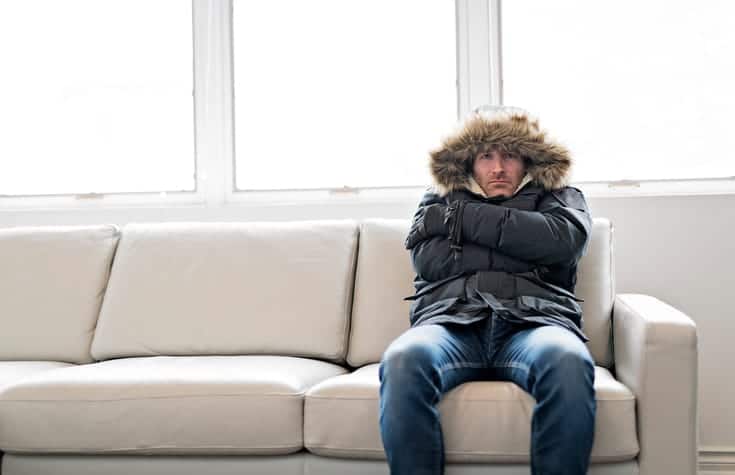It is not easy to stay warm in an old house. For houses that were built before the 1940s, the insulation was made of products that broke down with time and eventually stop insulating your attic completely. This allowed cold air to get to the house, and warmth to escape call Attic Insulation Toronto if you need to install new insulation. Today, there are lots of insulating energy options that are cost-effective, and they offer a lot of energy-saving options. Choosing the type of insulation, you need depends on various factors that you need to consider. We are going to look at four tips on how you can insulate your old house.
Check the setup of the existing insulation
You first of all need to confirm if you have attic insulation. You can easily do this by either looking at fibreglass batts that are exposed or check for the presence of loose-fill in your ceiling joists. One of the ways to know if you have blown-in insulation is to check if you have patch holes on your exterior walls.
Check places in your old house where you can be losing heat. You can look at fireplaces and chimneys because they can lose heat if they do not have dampers. Additionally, check for cracks around electrical outlets, windows, and leaks in ducts. You also need to note that since heat rises, the best places for it to escape is through the top part of the house; this makes the roof one of the most primary sites to check for insulation leaks.
Check if you need to repair or replace existing insulation
Old houses built in the 19th Century used to have primitive insulation made of newspapers, corncobs, seaweed, and even wood shavings. In the 20th Century, insulation materials made of urea-formaldehyde and asbestos were common. Asbestos today has become a concern in old houses.
Although it is invasive to remove all the asbestos insulation material, it is important to leave it alone, but as a safety measure, you should allow experts to test the material because it is a known carcinogen. If you are undertaking a complete rehab of the whole house, then you can change the insulating material.
The use of urea-formaldehyde which was composed of compressed air, resin, and a hardener started in the 1970s. It was discontinued in the 1980s because of off-gassing. Since we now have a complete understanding of the finite nature of the gas being produced, you can hire an environmental company to test the vapours produced by this type of insulation material.
Types of insulation to use
There are generally four categories of building insulation: batts (cotton, different types of wools, or fibreglass), loose fill (glass fibres, mineral, or cellulose), expanding sprays, and rigid boards (glass fibres and plastic foams). In times of major restoration, rigid and batt insulation come in handy especially when you want to insulate spaces like the attics.
But for old houses, the best insulation that you can use is loose fill (cellulose blown-in insulation) since it can get to the most difficult of places where other types of insulation cannot access. Loose fill also has the benefit of working well with the finishing of an old house. Loose-fill cellulose is perhaps the most recommended insulation because it has been treated with fire retardant, instead of using insulation that has been treated with aluminum sulphate and ammonium.
Insulation materials that are treated with sulphates can form sulfuric acid which occurs when moisture is exposed to the material. The net effect is damage to wiring, copper plumbing, wood, stone, and even brick. According to the National Park Service, borates are compatible both chemically and physically with most materials in an old house.
Where to install the insulation
We stated earlier that the roof is where most heat is lost. So, the artic is the first place to insulate. But the answer is unique to every house. Now, do not insulate an unfinished attic, rather, insulate the floor. If you use the attic as a playroom or an office, then you can insulate the rafters.
Beware that insulating your old house without having a good ventilation path between the exterior of the building and the insulation is a big mistake. Avoid blocking the ridge, soffit, or gable vents that are located in the roof, because you will have moisture issues. Do not place thermal insulation around old wiring. Before placing the insulation, hire an electrician to check the electrical insulation.
In summary, insulating an old house is not an easy process. Work with professionals to ensure that the type of insulation you choose does not affect the housing material, the electrical wiring, and the general atmosphere of the house.

